The day was beautiful and the meadow I was standing in was quiet except for the birds in nearby trees. Without the signs placed around the meadow, you would never guess that I was standing in the middle of the main street of what was, 100 years ago, a bustling small town in Indiana. Waverly, Indiana, USA was a small town about 15 miles south of the state capitol of Indianapolis. It was built in the flood plain of the White River. To the east, there’s a small ridge line that still has a school and some houses, but the town itself, built in the low area, is gone.
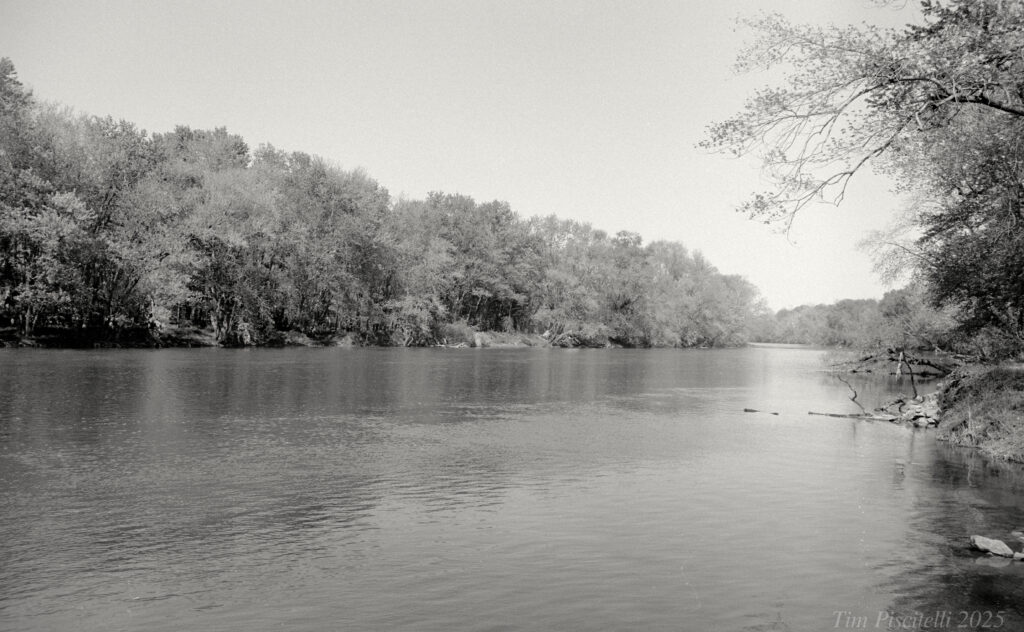
Before Waverly was founded in 1819, the area was home to a trading post used by French settlers to trade with local Miami Indian tribes. In the 1830s, the town grew due to Indiana’s Central Canal project, which brought a number of Irish laborers to the area. Originally, known for its taverns, the town gained more refined establishments as it grew. A large covered bridge was built to cross the river providing access to a rail line to the west. The river provided power to at least 7 mills that were built to process lumber and wood.
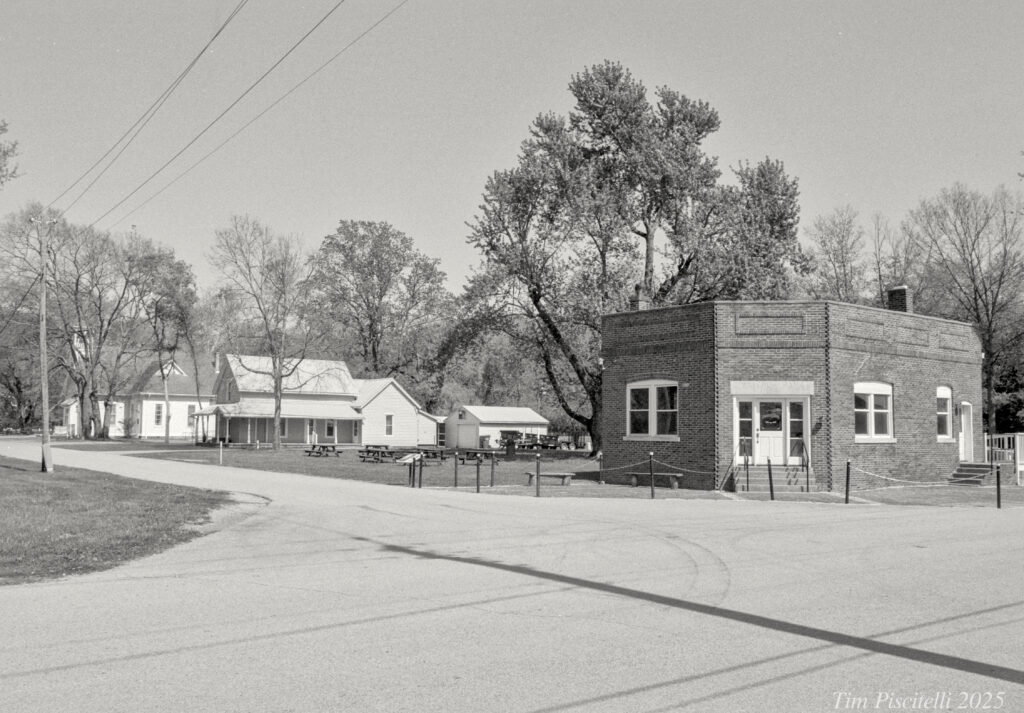
The river was not kind to Waverly though. Over the years, Waverly suffered a series of regular floods. Then, the church burned in 1888 and covered bridge was lost to fire in 1911. The church was rebuilt in 1890 and the bridge in 1913 but traffic had moved north a couple of miles to a new bridge there. With the repeated flooding, homes and mills were closed and abandoned over time. The town remained though, but was in decline through the latter half of the 1900s.
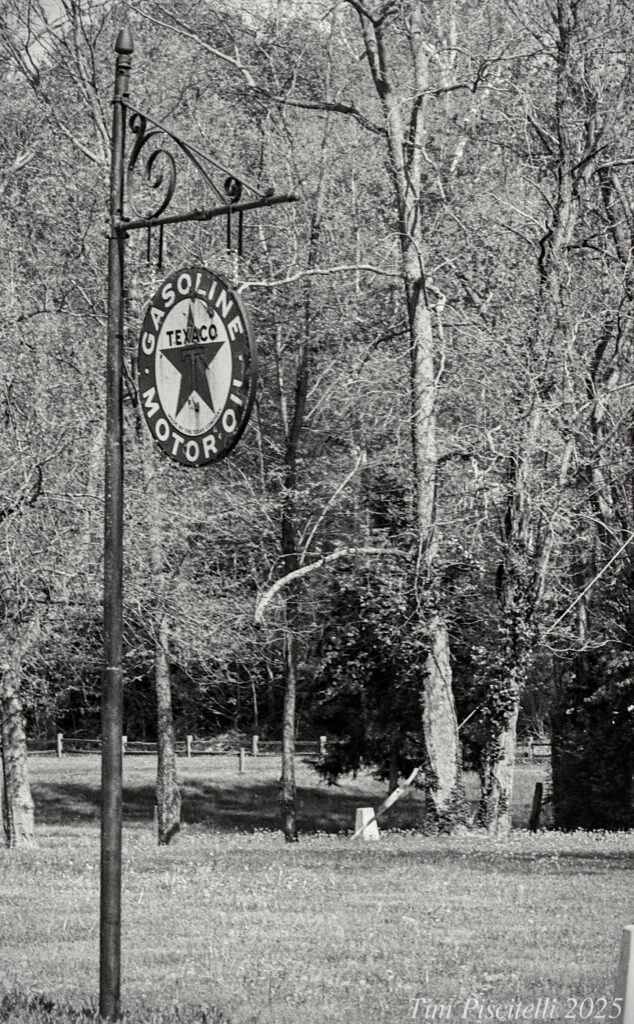
After a major flood in 2008, the county decided that it had enough of the heartache, flood insurance issues and cleanup costs that each flood brought with it. It decided to buy up all properties that it could and redevelop the area into a park. The park is a popular place for evening walks along the river. There’s not much left of the old town today. The bank, built in 1918, is the only real building from the main street business remaining. A house and church, both dating back to the 1800s are still maintained and used. To commemorate the old town, the location of the town square is marked in brick using materials recovered from buildings that were demolished. It’s a quiet area today and the park’s well maintained two mile trail along the river for hiking gets a lot of use. Bald eagles nest along the river and are often seen over the area.
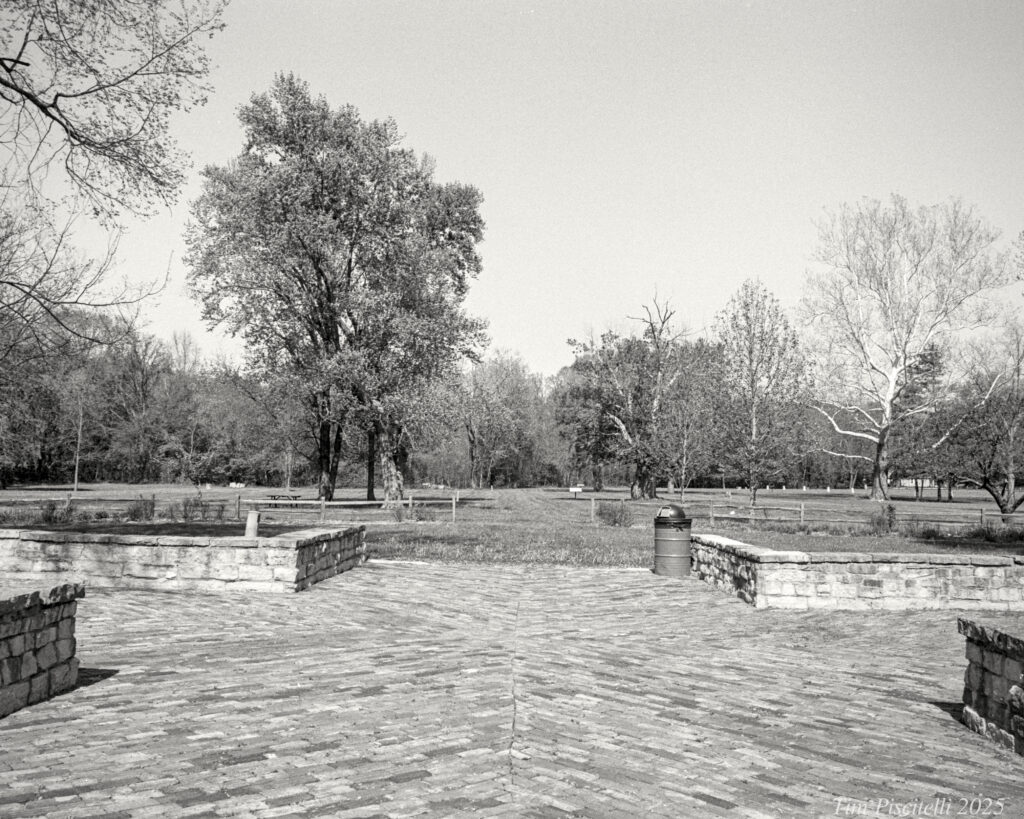
I was exploring what remains of the town with a Nikomat FTN on this day with a Nikkor 50mm f1.4, 135mm f3.5 and 28mm f2.8 lenses. The camera was loaded with Ilford FP4 Plus, shot at 100 iso, which I processed in Ilford DD-X. The Nikomat and FP4 is a nice combination and is one of my favorite choices to shoot. They deliver great results if I do my part and the Nikomat just odd enough to make shooting it a bit of fun.
The town of Waverly’s history oddly parallels film photography. Both started in the early 1800s, continued to grow into the 1900s but were largely abandoned by the early 2010s. Waverly and the film photography industry are now both a fraction of their former size and exist mostly for entertainment in place of their past commercial importance. The big difference though, is that film is making a comeback. The town of Waverly? Not so much.
Share this post:
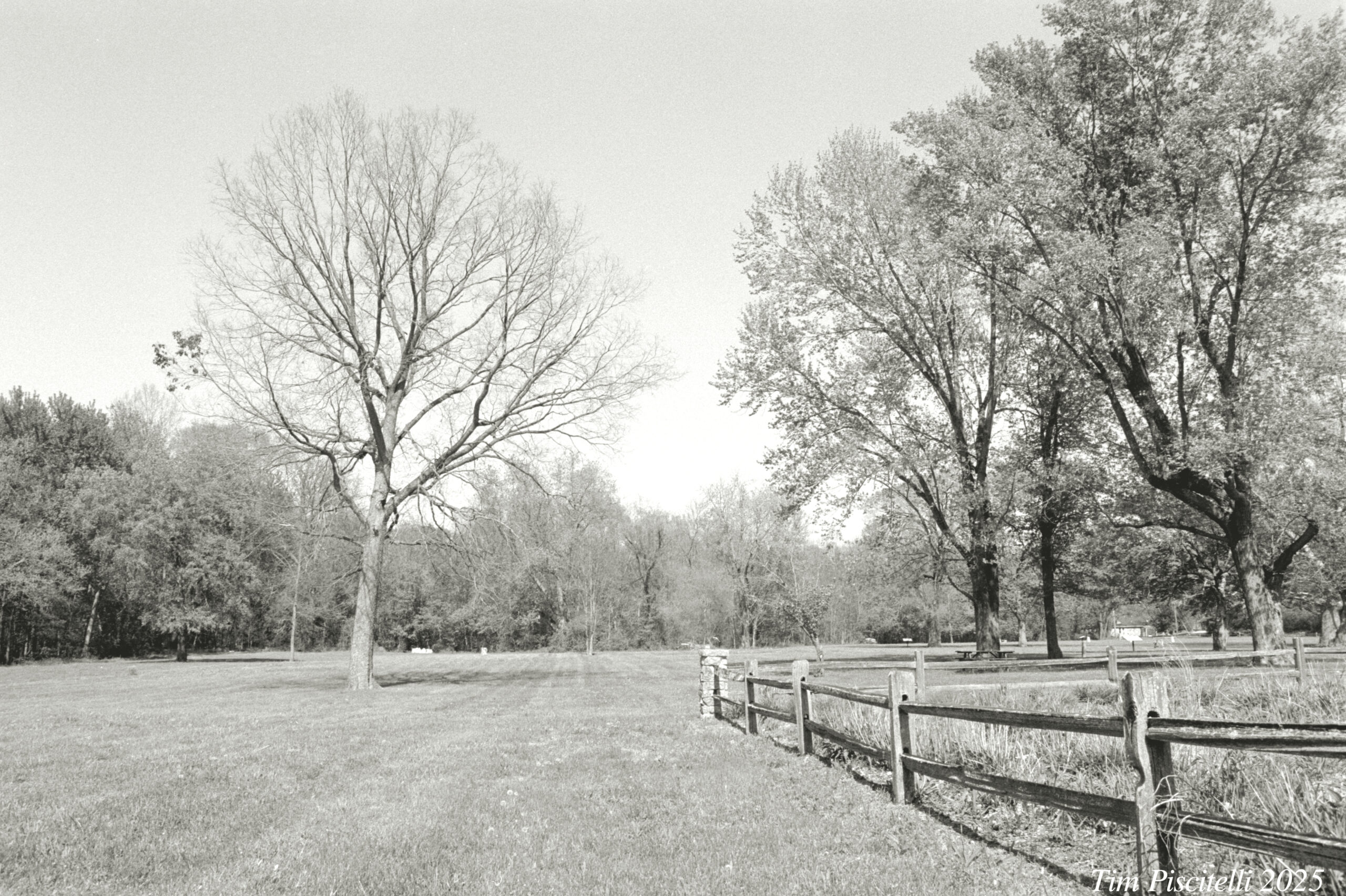
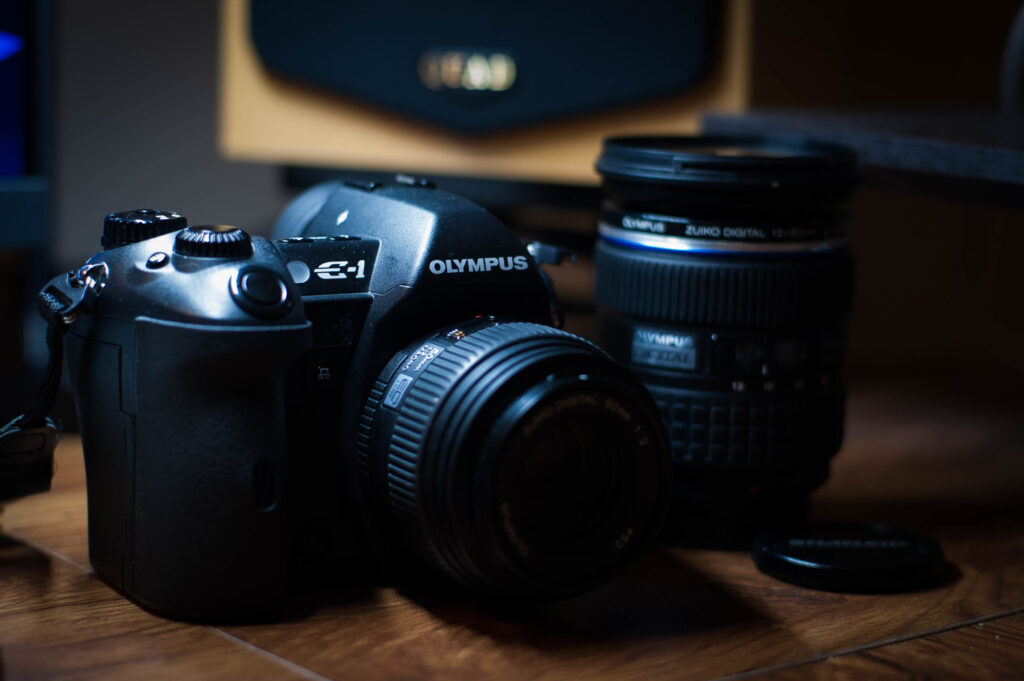
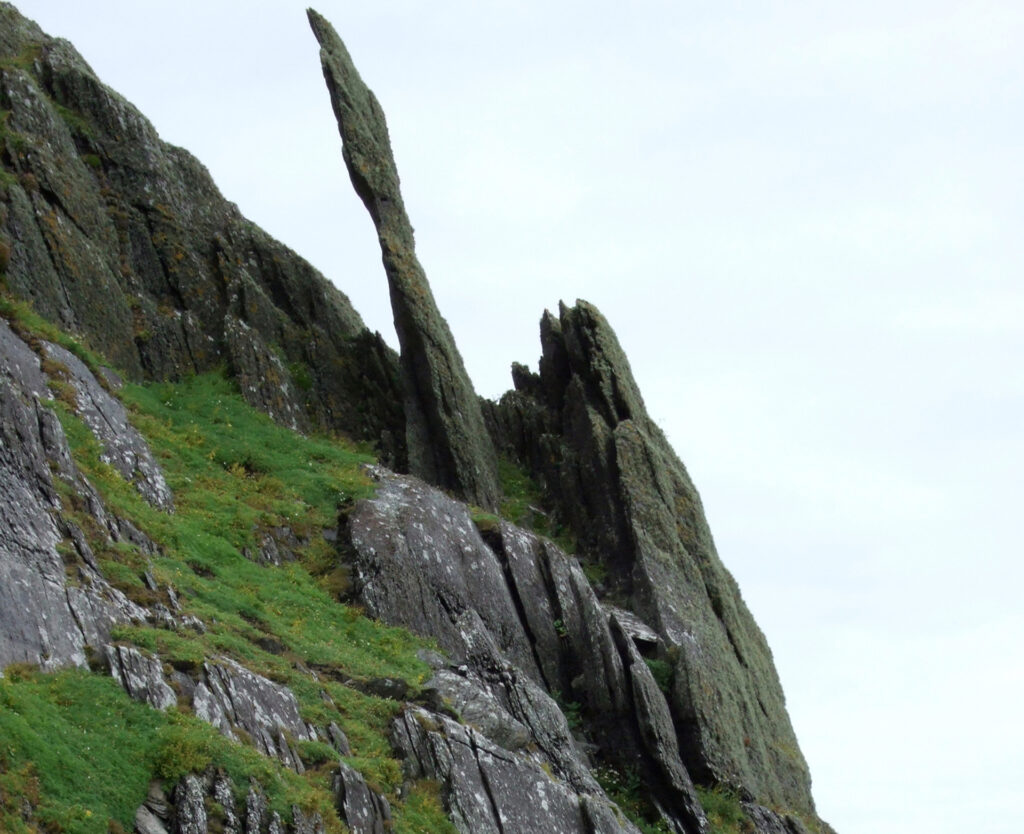
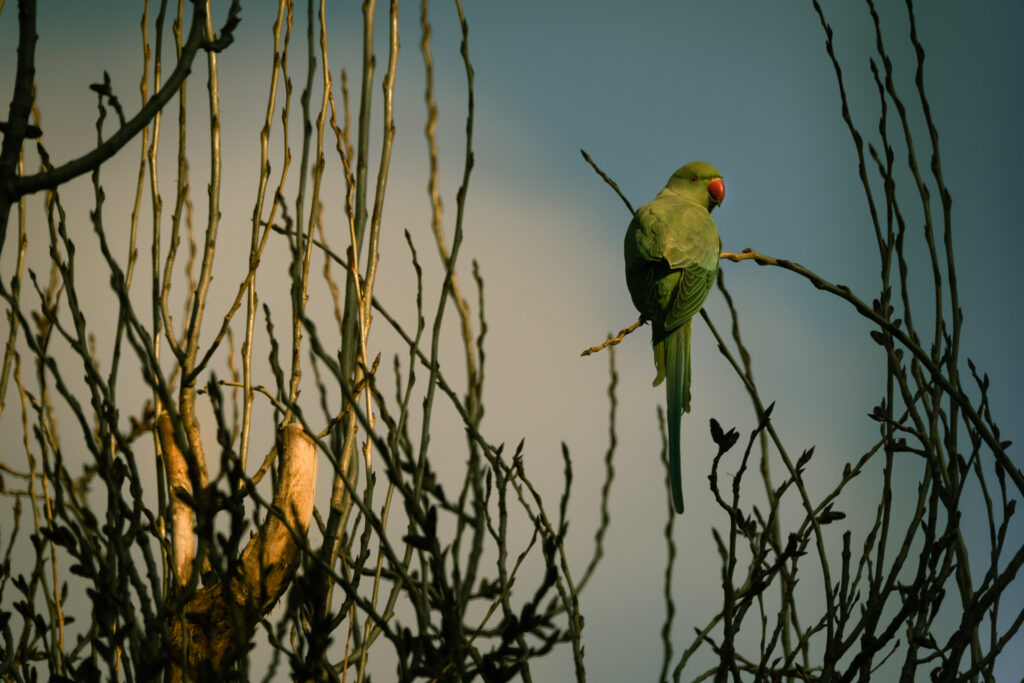
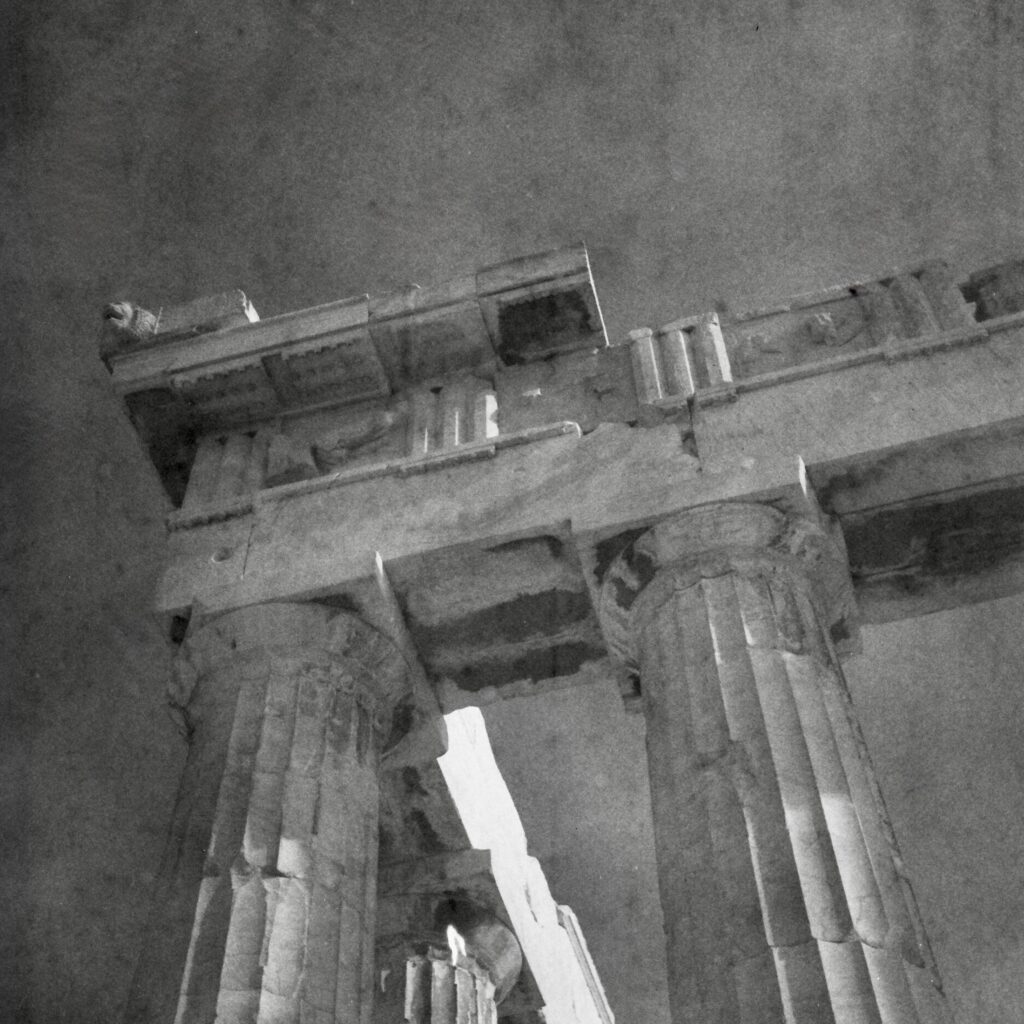

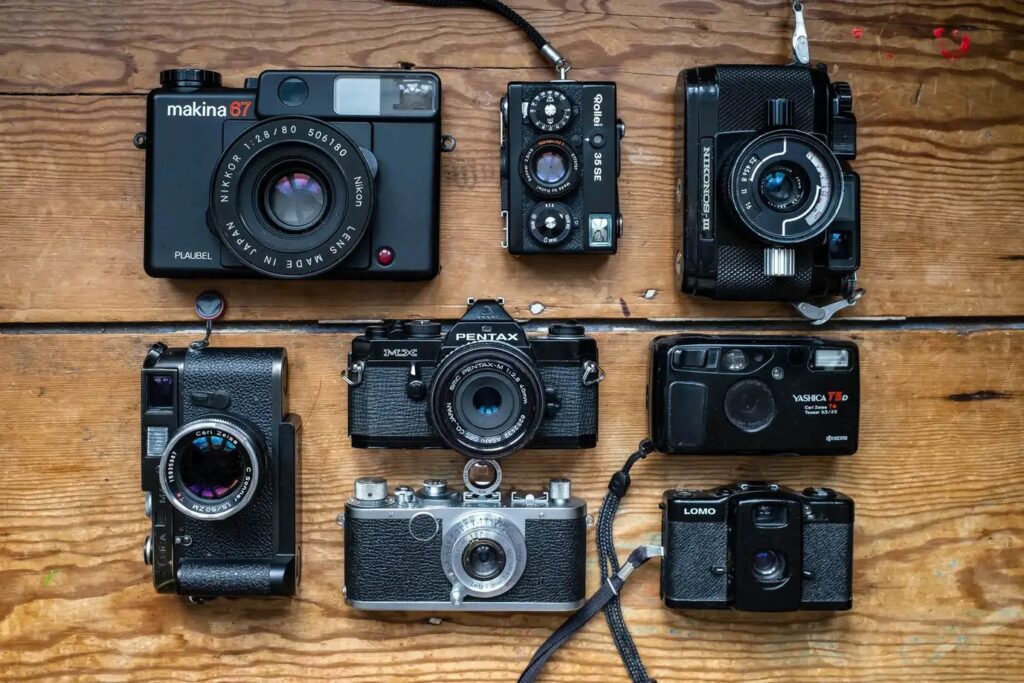
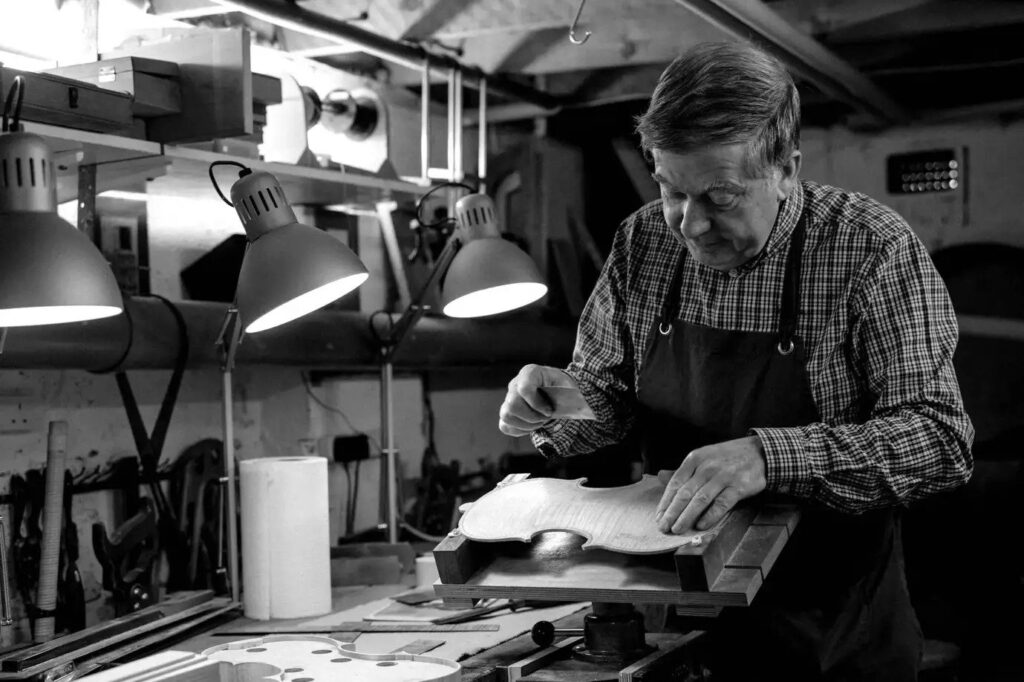
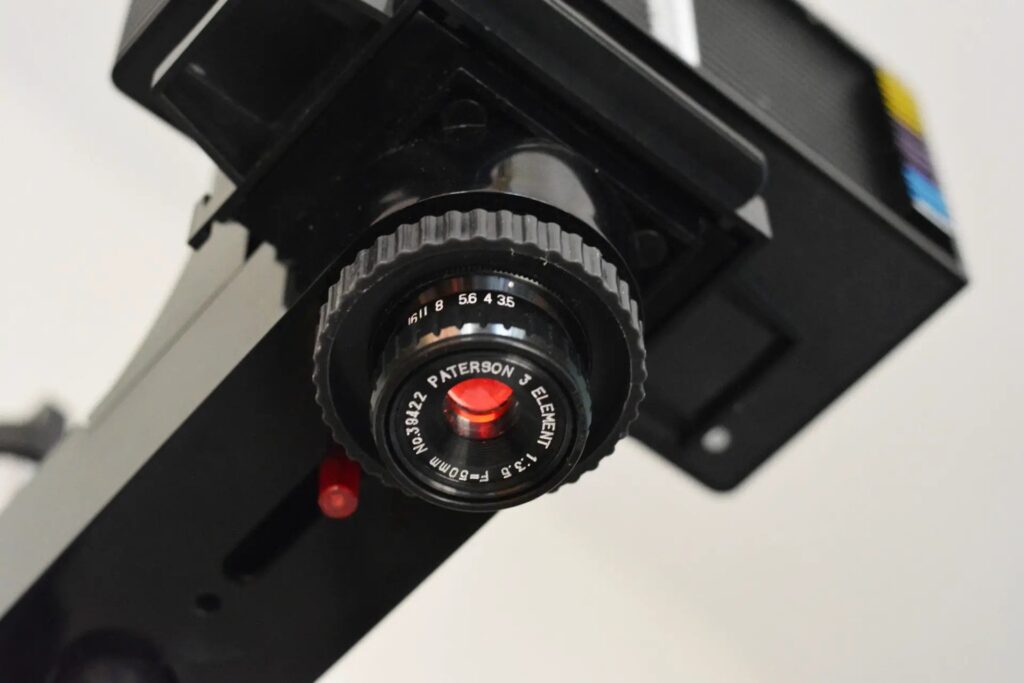
Comments
Dave Powell on An Old Camera that Survives in a Small Town that Did Not
Comment posted: 03/06/2025
Comment posted: 03/06/2025
Jeffery Luhn on An Old Camera that Survives in a Small Town that Did Not
Comment posted: 04/06/2025
I enjoyed reading your post and viewing the nice images. It's sad that the town is gone, but the park and surrounding area looks quite nice in your pix.
Comment posted: 04/06/2025
Gerard on An Old Camera that Survives in a Small Town that Did Not
Comment posted: 04/06/2025
I liked your nostalgic short story; love your very nice B&W pictures, which remind me of the days I spent in the early 80's at IU Blooming IN. Love Indiana!
Comment posted: 04/06/2025
Geoff Chaplin on An Old Camera that Survives in a Small Town that Did Not
Comment posted: 05/06/2025
Comment posted: 05/06/2025